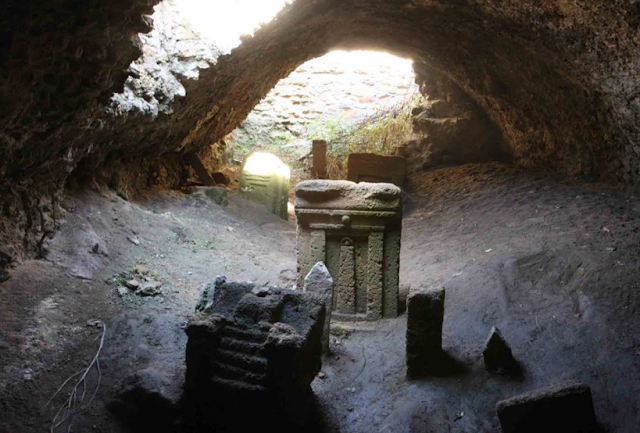Tophet. Many ancient cities have been destroyed by time, the
ruins of ancient Carthage are still visible. The city was dominated by a large
necropolis or burial ground. One area of this necropolis is known as the
Tophet, a massive child cemetery where the remains of approximately 20,000 urns
have been unearthed. The remains inside were charred and often belonged to
newborn babies although remains belonging to children as old as two.
A number of theories have arisen about how the children came
to be buried in the Tophet. Worship of the god Ba’al Hammon and the goddess
Tanit called for child sacrifice and it is the remains of those sacrifices that
are found buried in the Tophet. Other theories are that the infants had died naturally
of causes such as disease.
But if the babies in the Tophet had been sacrificed to Tanit
and Ba’al Hammon, where did they come from? Were the Carthaginians sacrificing
their own children? And how many children were sacrificed at one time?
If historical accounts are to be believed, the babies that
were sacrificed were often the children of servants or were purchased by
affluent Carthaginians rather than offering their own children to the flames.
Some circumstances called for special sacrifices, however, and in cases such as
famine, war or other disasters, Carthaginians may have been forced by the
priests to offer their own children up in sacrifice. One story states that in
310 BCE, up to 500 children were killed and their bodies were then placed into
a sacrificial fire pit. The urns were used to store the remains which were
gathered up after the ceremony was complete.
A number of historians wrote about the child sacrifice that
was practiced in Carthage. Noted historians and philosophers such as Orosious,
Philo and Plutarch mentioned that child sacrifice was performed at the Tophet
(a name which actually means “roasting place”).



Comments
Post a Comment